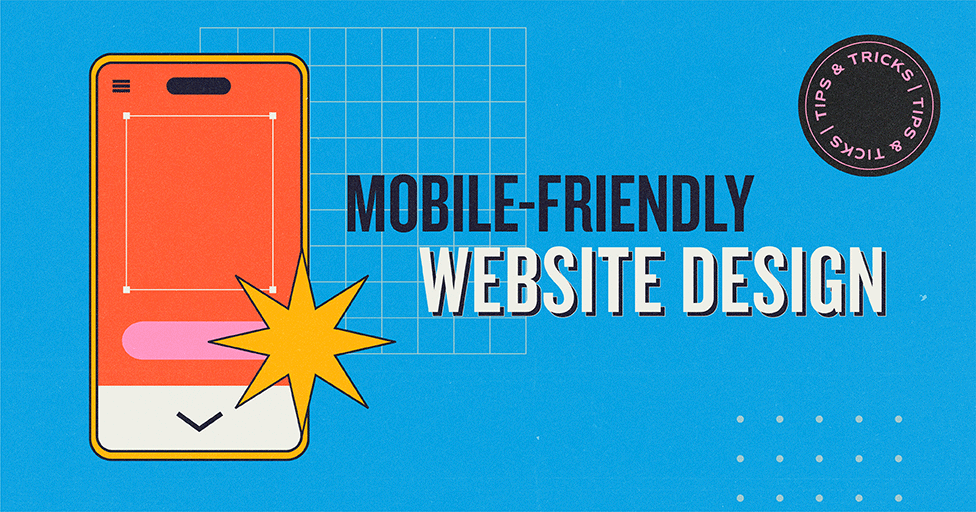AIM Uncovered
Exploring the latest insights and trends in technology and innovation.
Mobile-Friendly or Bust: How to Keep Your Website in the Game
Mobile-friendly websites are winning! Discover essential tips to boost your site’s performance and stay ahead in the digital game.
Top 5 Mobile Design Trends You Can't Ignore in 2023
As we dive deeper into 2023, mobile design is becoming increasingly critical for businesses aiming to enhance user experience and engagement. One of the most significant trends is the rise of minimalistic design, where cluttered interfaces are replaced with clean layouts and ample white space. This approach not only improves usability but also brings attention to essential content, allowing for quicker navigation. Alongside minimalism, dark mode has surged in popularity, offering a visually appealing alternative that reduces eye strain and conserves battery life, especially on OLED screens.
Additionally, the integration of voice user interface (VUI) design is transforming how users interact with mobile apps. As voice assistants become more prevalent, incorporating voice functionality into mobile designs provides a hands-free experience that meets the needs of modern users. Another trend is the use of bold typography, which helps in making a strong visual statement and ensures that messages stand out. Lastly, micro-interactions are essential for creating engaging user experiences, offering subtle feedback that enhances interaction and keeps users informed about their actions on the app.

Is Your Website Mobile-Friendly? Here’s How to Check
In today's digital landscape, ensuring your website is mobile-friendly is essential for attracting and retaining visitors. With over half of all web traffic now coming from mobile devices, it's crucial to check whether your site is optimized for smaller screens. You can start by using Google's Mobile-Friendly Test, which evaluates your site's performance on mobile devices and offers insights into any improvements needed. Additionally, consider checking your site’s responsiveness by visiting it on various mobile devices to see how it looks and functions across different screen sizes.
If you want to dig deeper into your website's mobile-friendliness, utilize tools like Google PageSpeed Insights or GTmetrix. These tools not only provide a rating but also suggest specific issues affecting your mobile usability. Make sure to look out for common issues such as text being too small to read, links that are too close together, and images that aren’t scaling properly. By addressing these aspects, you can significantly enhance your site's mobile experience and improve your overall SEO performance.
The Impact of Mobile Optimization on SEO: What You Need to Know
The rapid increase in mobile device usage has transformed the way users access online content, making mobile optimization a crucial aspect of SEO strategy. Websites that are not optimized for mobile devices risk losing significant traffic, as Google prioritizes mobile-friendly sites in its search rankings. In fact, research indicates that over 50% of web traffic now comes from mobile devices. Failure to provide a seamless mobile experience can lead to higher bounce rates, diminishing the chances of engaging users and converting them into customers.
To effectively implement mobile optimization in your SEO efforts, consider adopting a responsive design, which allows your website to adapt to various screen sizes and improve user experience. Additionally, prioritize loading speed, as mobile users expect quick access to information. Aim for a loading time of under three seconds, as delays can deter potential visitors. Lastly, ensure that your content is easily readable on smaller screens by using adequate font sizes and spacing, making your site not only search engine friendly but also user-centric.